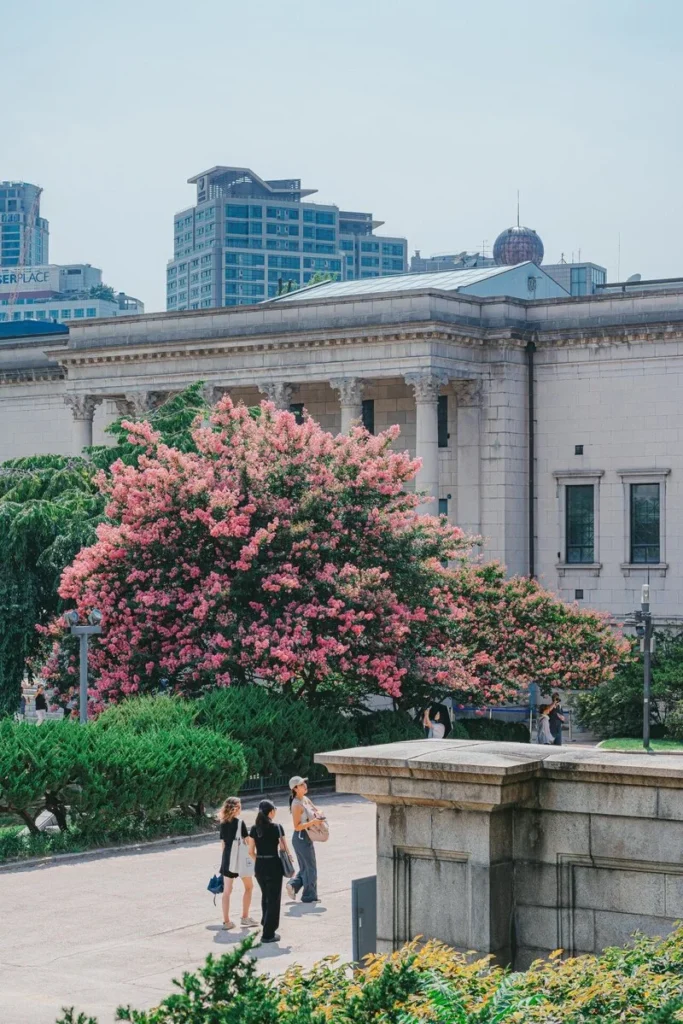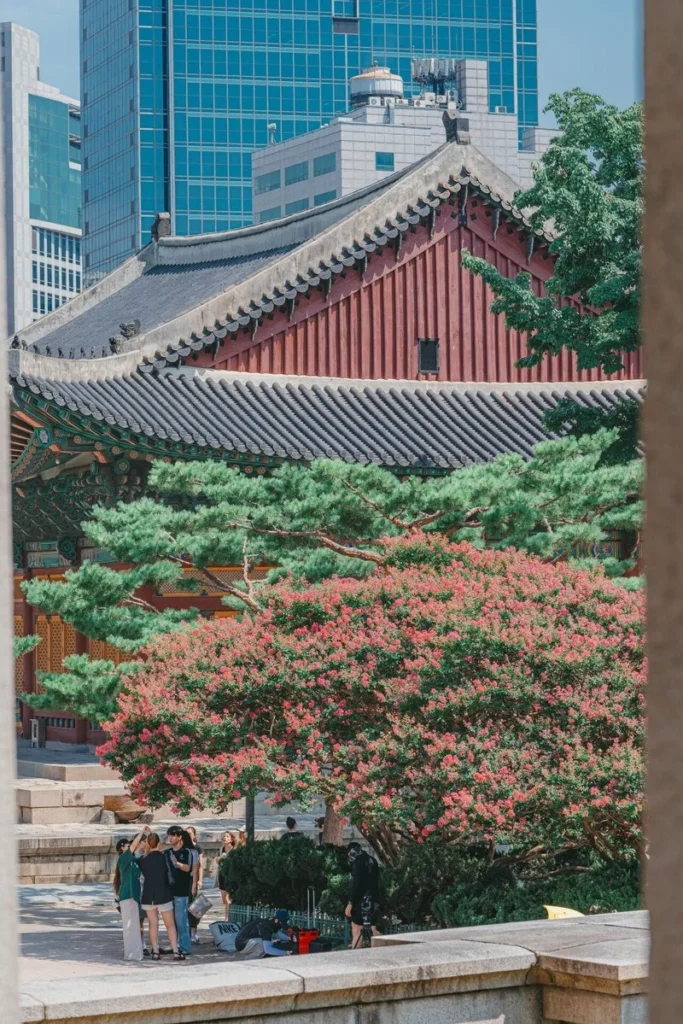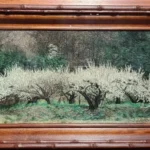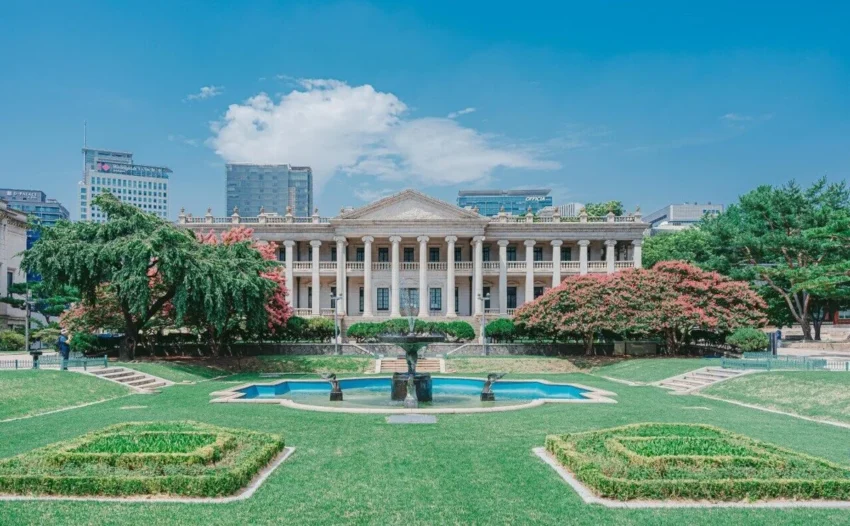Crape myrtle trees are in full bloom at Deoksugung, offering a stunning visual treat in the heart of Seoul during the peak of summer. Visitors can capture unique photos that combine traditional Korean and Western architecture, while those unable to visit in person can view the flowers from the Jeongdong Observatory. The historical context of Crape myrtle in Korea adds an interesting layer to the experience, as the name and flowers hold different meanings over time.
Crape Myrtle Blooming at Deoksugung
Currently, Deoksugung Palace is adorned with the beautiful pink blossoms of Crape myrtle. Many are surprised to see such stunning flowers in the heart of Seoul. While summer flowers often bring to mind sunflowers or trumpet creepers, Crape myrtle also flourishes in this season. In Seoul, Crape myrtle blooms from late July to early August, coinciding with the hottest period in Korea. As Koreans struggle with the intense summer heat, the blooming of these flowers provides a refreshing sight.
The Scenic Beauty of Deoksugung


At Deoksugung, the Crape myrtle on the left side of Seokjojeon is more abundant than on the right. When taking photos, this is worth noting. Typically, visitors focus on capturing the Seokjojeon Hall or the art museum. However, I recommend taking pictures from Seokjojeon Hall toward Junghwajeon Hall. This allows you to capture both traditional Korean and Western-style architecture in one frame, a unique feature of Deoksugung. The Crape myrtle trees are quite large, so close-up shots aren’t necessary to appreciate their beauty.
Historical and Cultural Context of Crape Myrtle
The original post was shared on FMKorea and spread across multiple communities. One crucial point to note is that in East Asia, including Korea, the Crape myrtle (L. indica) has historically been called “Baekilhong.” However, in modern Korea, Z. elegans is now referred to as “Baekilhong,” while L. indica is called Crape myrtle. This shift in terminology has caused some confusion, as traditionally, Crape myrtle referred to L. indica. Despite this, the original post is not entirely incorrect when viewed from a historical context.
Deoksugung’s Popularity and Visitor Experience
When the post was shared on theqoo, many commented on how beautiful the Crape myrtle looked. Visitors who recently went to Deoksugung noticed people taking photos around the Crape myrtle, treating the area like a photo zone. The “Korean Embroidery in Modern Times” exhibition was held at the National Museum of Modern and Contemporary Art in Deoksugung until August 4. This exhibition attracted many visitors who also took the opportunity to admire the Crape myrtle. Some netizens were pleased to find Crape myrtle in their own cities as well. Deoksugung is admired for its blend of nature and palatial beauty. However, some were displeased with the original post’s use of filters that altered the natural colors of the Crape myrtle. It’s worth noting that Crape myrtle blooms until September, so visitors can still enjoy the flowers even after the summer heat subsides.
Alternative Viewing Locations for Crape Myrtle

Given the peak summer heat, some may find it difficult to visit Deoksugung. For those unable to visit in person, there is an alternative. The Jeongdong Observatory, located in the Seoul City Hall Seosomun Annex, offers a cool indoor environment where you can view the Crape myrtle at Deoksugung. This observatory provides a panoramic view of Deoksugung and its surroundings. Reservations were previously required to visit the Jeongdong Observatory, but now it’s open to the public without the need for prior booking. Viewing Deoksugung and its Crape myrtle from a distance and a higher vantage point offers a uniquely serene experience.

Here’s a link to theqoo.I appreciate you taking the time to read this post. Please share your thoughts in the comments!


October visit to Seoul? Cool, but I bet all the pretty flowers will be gone.